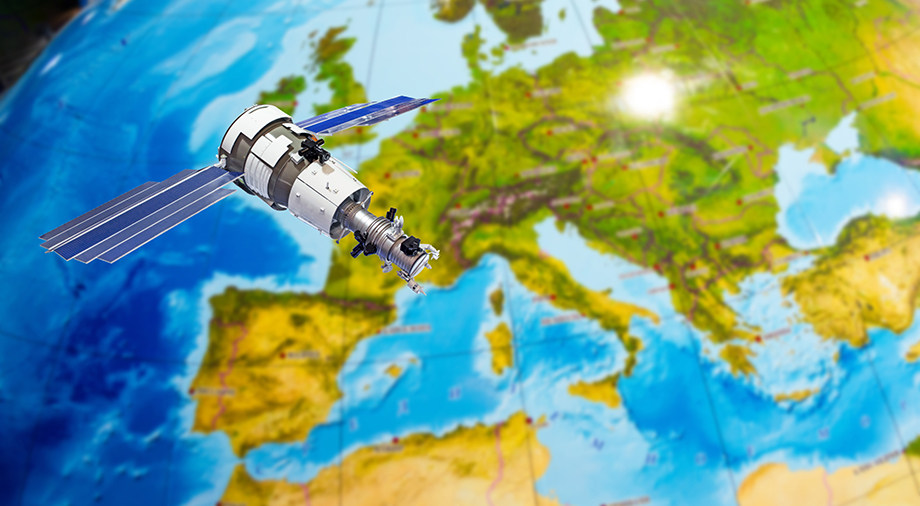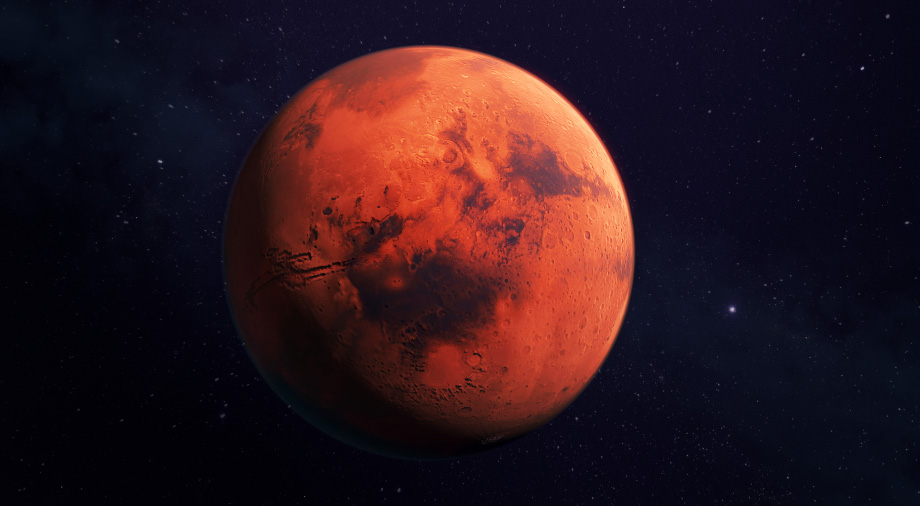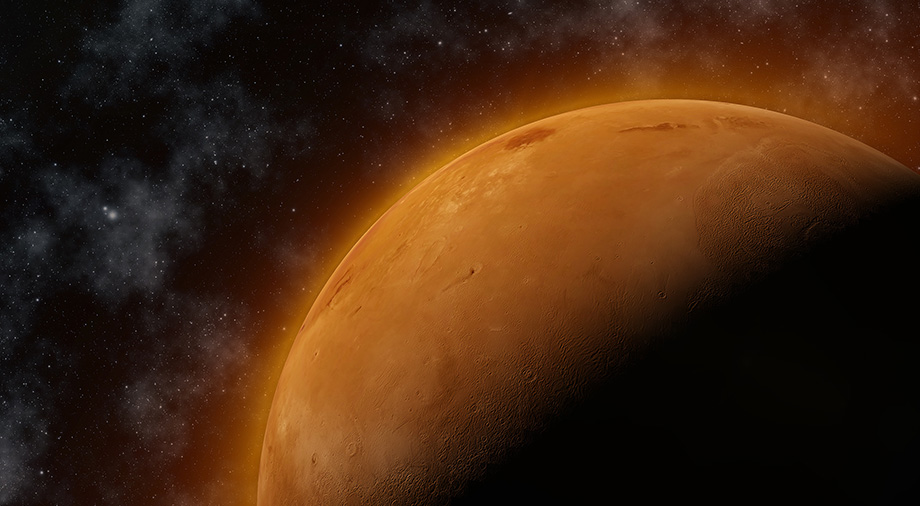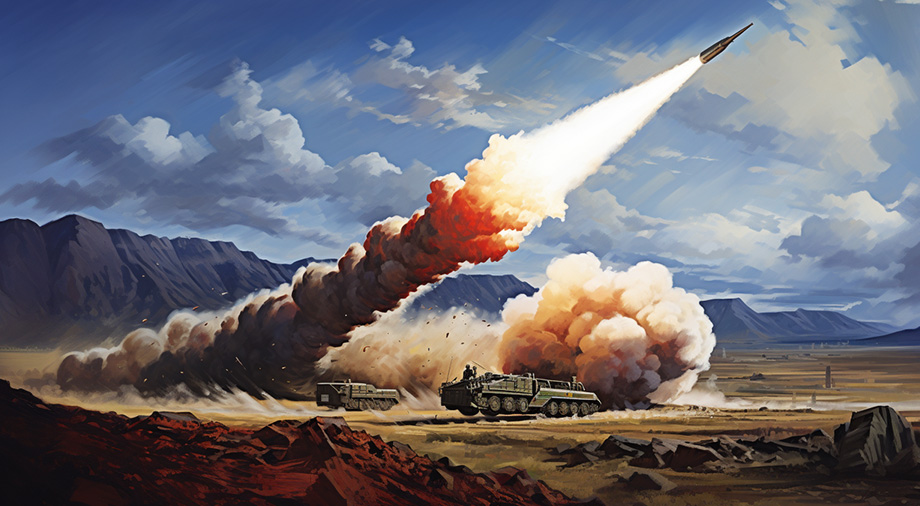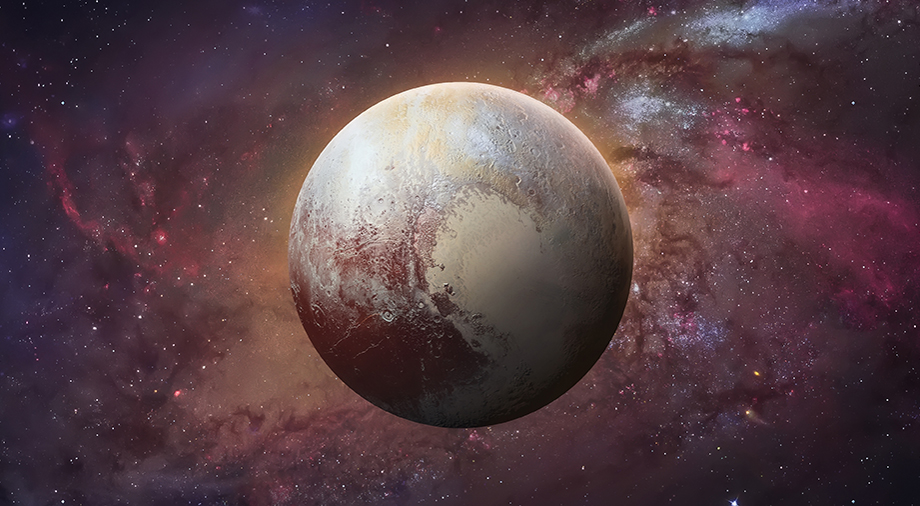The history of the formation of a united Europe as a global space player is full of difficulties and obstacles. After the Second World War, many outstanding astrophysicists and designers left the Old World, the vast majority of whom made their careers on the other side of the ocean in the United States. This colossal brain drain has led to uncertainty about the creation of a European Space Agency (ESA) – an organization which could ensure Europe’s independent presence in space.
However, a certain percentage of scientists remained to work in Europe, motivated by the dream that one day, the continent would receive its own independent space agency. This is the story of how their dream was realised.
Prerequisites for the emergence of the ESA: the dream of Eduardo Amaldi
Even before the ESA’s official founding, on May 30, 1975, its emergence was predicted by outstanding visionary scientists of their time. In December 1958, the Italian physicist Eduardo Amaldi, known for his work in the field of neutrinos (a term which he himself introduced to science) and the search for gravitational waves, met with his old colleague, the French physicist Pierre Victor Auger, and other scientists from eight different countries in Western Europe to discuss the future development of the European space program.
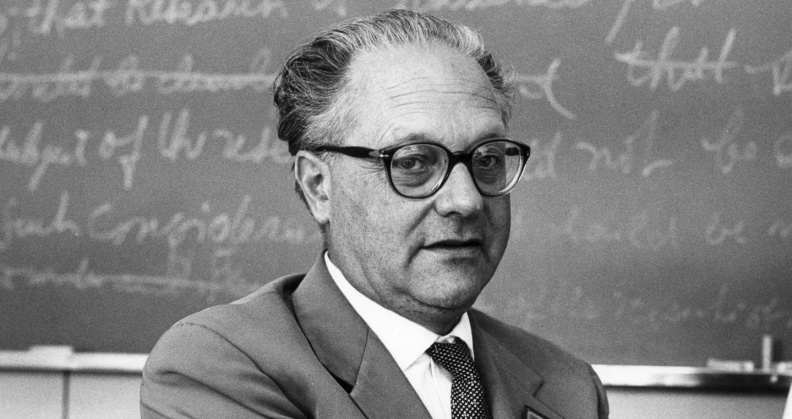
Photo: infn.it
Based on the results of this meeting, Amaldi even wrote an encouraging letter in which he dreamed of the advent of an independent European space agency which would conduct space research for the benefit of the continent and the whole world. In addition to the letter, the meeting that took place in 1958 also had concrete consequences, as scientists reached an agreement on the creation of two separate space agencies: the European Launcher Development Organization (ELDO, founded in 1962) and the European Space Research Organization (ESRO, founded in 1964). As their names indicate, ELDO was concerned with the construction of new launch vehicles and spacecraft, while ESRO’s task was to develop the plans for space missions in which they would be involved.
Amaldi and Auger were the midwives of the European Space Research Organization. Both scientists were well-acquainted with Europe-wide coordination mechanisms for scientific cooperation, as both had held senior positions at the European Organization for Nuclear Research (CERN) since 1954. Initially, the newly created ESRO included 10 countries: France, Great Britain, West Germany, Switzerland, Sweden, Spain, Italy, Belgium, the Netherlands, and Denmark. Its first general director was Pierre Auger, and its headquarters was located in Paris.
Despite the fact that ESRO and ELDO were in principle created as an inseparable tandem of two space organizations, their cooperation was sometimes not so lively. Cooperation between the two agencies(which, moreover, included representatives from different countries) was hindered due to the classic European bureaucracy, a lack of funding, and differences in the interests of the management.
In reality, this partnership turned out to be a failure. While the research ESRO managed to launch seven satellites between 1968 and 1972, the ELDO could not present a single viable prototype launch vehicle.The only proposed ELDO rocket, the Europa, was only able to reach the stage of test launches, each of which, unfortunately, ended in failure.
The organization clearly needed reformation, so on May 30, 1975, at the Conference of Plenipotentiaries held in Paris, envoys from the 10 member countries of ESRO presented and signed the ESA convention, effectively merging ESRO and ELDO into a single agency. On this day, the European Space Agency was officially born.
First steps: the Cos-B X-ray observatory
The first success of the newly created ESA was a long time coming. On August 9, 1975, the Cos-B satellite for tracking cosmic gamma radiation was launched on an American Delta 2913 rocket from what was then the US’s Vandenberg Air Force (now Space Force) Base.
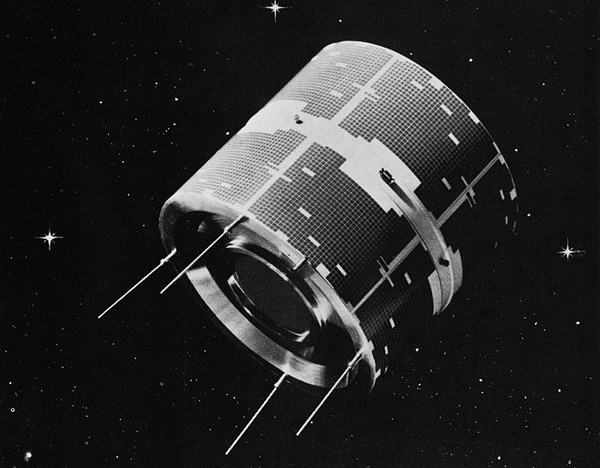
Of course, Cos-B was not built from scratch solely by the efforts of the newly formed ESA, as its launch took place when the agency was less than three months old. The development of Cos-B was proposed by ESRO back in the mid-1960s, and even the launch itself was labelled by NASA as a launch for the ESRO. However, control of the further status of the mission was in the hands of the employees of the new space agency.
The main goals of the Cos-B space mission were to:
- study the spectrum and distribution of galactic gamma rays;
- study the nature of the distribution of extragalactic gamma radiation;
- map the strongest point sources of gamma radiation and subsequently include them in the Second Cambridge Catalog of Radio Sources (2CG);
- search for new point sources of gamma radiation.
The Cos-B satellite was equipped with a spark detector to capture gamma radiation. This device allowed the probe to record the track of charged high-energy particles at the moment of their passage through the inert gas that filled the space between the metal plates of the detector. As they moved through the inert gas, gamma particles lost their trail of sparks, which was tracked by a detector camera. This solution was extremely popular in experimental nuclear physics in the middle of the 20th century, so the experts behind the development of Cos-B decided to equip their satellite with a similar detector.
The probe almost tripled its expected operational period in orbit, running for six years and eight months instead of its planned two and a half years (the Cos-B mission was finally completed on April 25, 1982). The data obtained by the satellite allowed ESA specialists to map the X-ray radiation coming from the centre of our Milky Way.

The experience gained during the pioneering space mission ESA Cos-B would open the way to improve the technology of satellite gamma-ray telescopes, and later lead to the launch of new European orbital X-ray observatories. The Cos-B’s successor was the X-ray observatory EXOSAT (originally named HELOS), which ESA launched on May 26, 1983. The satellite would operate for almost three years (through April 1986), during which it would make more than 1,780 observations of the largest sources of X-ray radiation in the visible universe, discovering many new sources of point gamma radiation, mainly pulsars.
The quintessential European orbital X-ray observatory was the multi-mirror XMM-Newton (X-ray Multi-Mirror), which was launched 24 years after Cos-B, in December 1999, as part of the ESA’s Horizon 2000 program. After beginning its fruitful work exploring the universe in the X-ray range in July 2000, XMM-Newton is active and adding to its scientific research output. During its nearly twenty years in operation, more than 5,600 scientific papers (as of 2018) in astronomy have relied on data obtained with the XMM-Newton. ESA currently plans to continue XMM-Newton until at least 2026, which for the scientific community means even more papers to be written based on the results of its investigation.
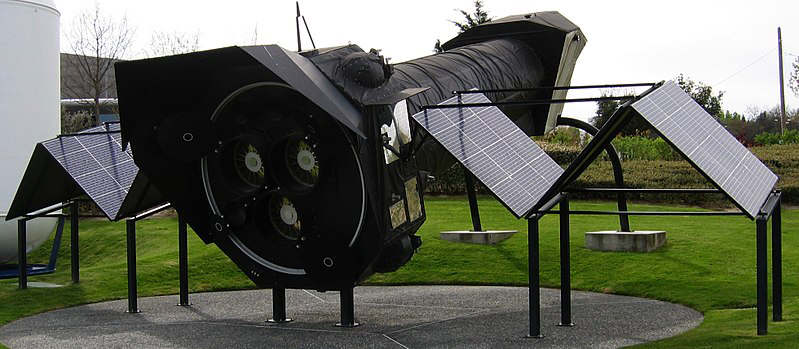
Photo: Poppy, wikipedia.org
The successful experience of launching the Cos-B would raise ESA’s self-confidence to the point that by the 1980s, the agency was ready to launch the first European interplanetary missions. The Giotto spacecraft would be Europe’s pioneer in this regard, launching on a journey to Halley’s comet in 1985.
Mysteries of comets: the experience of Giotto and Rosetta
The Giotto robotic spacecraft owes its name to the Italian artist Giotto di Bondone, who at the beginning of the 14th century was the first to depict Halley’s comet in his painting “Adoration of the Magi”.

In the starry sky you can see Halley’s comet, which the artist could observe with his own eyes during its approach towards Earth in 1301
Plans to explore Halley’s Comet appeared in ESA as early as 1980. For a complete analysis, the Giotto spacecraft carried a whole arsenal of 10 scientific instruments, including a magnetometer (MAG), a device for measuring the mass of dust particles deposited on a satellite detector (DID), a pair of cosmic plasma analyzers (RPA and JPA), two types of mass spectrometers (neutral NMS and ion IMS), a particle energy analyzer (EPA), a size and chemical composition analyzer for dust left behind by the comet (PIA), a GRE radio analyzer, a multicolour camera (HMS) mounted on a 16 cm telescope, and an optical instrument (OPE) which measured the emissivity of the gas and dust generated behind the spaceship.
The unmanned Giotto spacecraft was not the only one to meet Halley’s Comet. To guide Giotto more accurately to its main target (the nucleus of the comet) the probe was preceded by four more spacecraft – two Soviet probes from the Vega program and two probes from Japan’s JAXA: Sakigake and Suisei. Together, the five spacecraft formed the so-called Halley Armada, whose main mission was to more accurately determine the location of a moving comet in space during its passage through the inner part of the Solar System. The Japanese probes, together with the then-active American International Cometary Explorer from NASA, measured the distance to the comet from afar and subsequently handed over these data to Soviet colleagues, whose task was to establish the exact distance to the comet’s nucleus with the help of the two Vega spacecraft. The mission of the European Giotto was to approach the comet from an optimal trajectory based on preliminary data received from Halley’s Armada.
On July 2, 1985, Giotto launched from the ESA Spaceport in French Guiana, loaded aboard an Ariane 1 rocket. Its journey lasted more than nine months and ended triumphantly with an approach to the nucleus of Halley’s Comet on March 14, 1986. In the days before this event, the Soviet Vega-1 (on March 4) and Vega-2 (on March 9) made their flybys of the comet, and only came as close as 8889 km to its nucleus. Giotto got almost fifteen times closer, coming within 596 km of the comet nucleus.
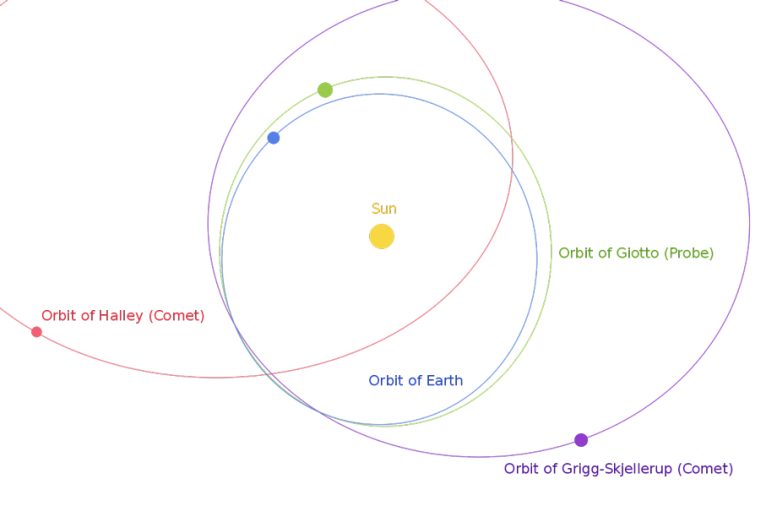
During the approach, the pessimistic forecasts of the ESA specialists who managed the mission fortunately did not come true. Scientists feared that Giotto would not survive the collision with dust particles and small space debris that the comet left behind. Giotto did experience several collisions, one of which even disabled its HMS camera. Fortunately for ESA, this happened after a close-range probe took the first-ever photos of the nucleus of Halley’s comet.
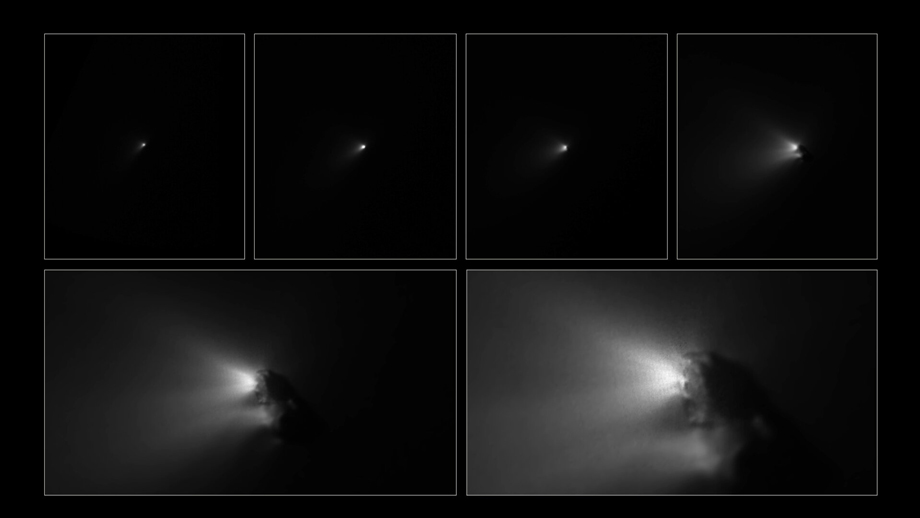
At the end of its approach mission to Halley’s comet, Giotto’s trajectory was reoriented to Earth and the probe’s scientific equipment was turned off to save power. Giotto’s space hibernation was to last more than four years, so the probe was given a new task: to get closer to comet 26P/Grigg–Skjellerup, which had also entered the inner limits of the Solar System. On July 10, 1992, Giotto flew to the nucleus of comet Grigg–Skellerupa at a distance of 200 km, and just as before with Halley’s comet, it made the main measurements of the cosmic body with the help of its scientific instruments. At the end of July 1992, the probe’s equipment was completely switched off, but it was still in its own elongated elliptical orbit and once again bypassed the Earth in 1999.
As with the Cos-B X-ray observatory, Giotto was only the first of ESA’s space missions to study the comets of the Solar System. Perhaps the most impressive success of this scientific work was the mission of the Rosetta spacecraft to study the comet Churyumov–Gerasimenko (67P).
Rosetta was launched on March 2, 2004, on board an Ariane 5 rocket and sent towards the object of its research. In total, the journey to the Churyumov–Gerasimenko comet lasted more than 10 years. It ended with the probe’s historic approach to 67P, which occurred on May 7, 2014. The probe orbited the comet for more than 17 months, taking many highly detailed images of its surface and conducting a series of remote studies using its arsenal of 12 scientific instruments.
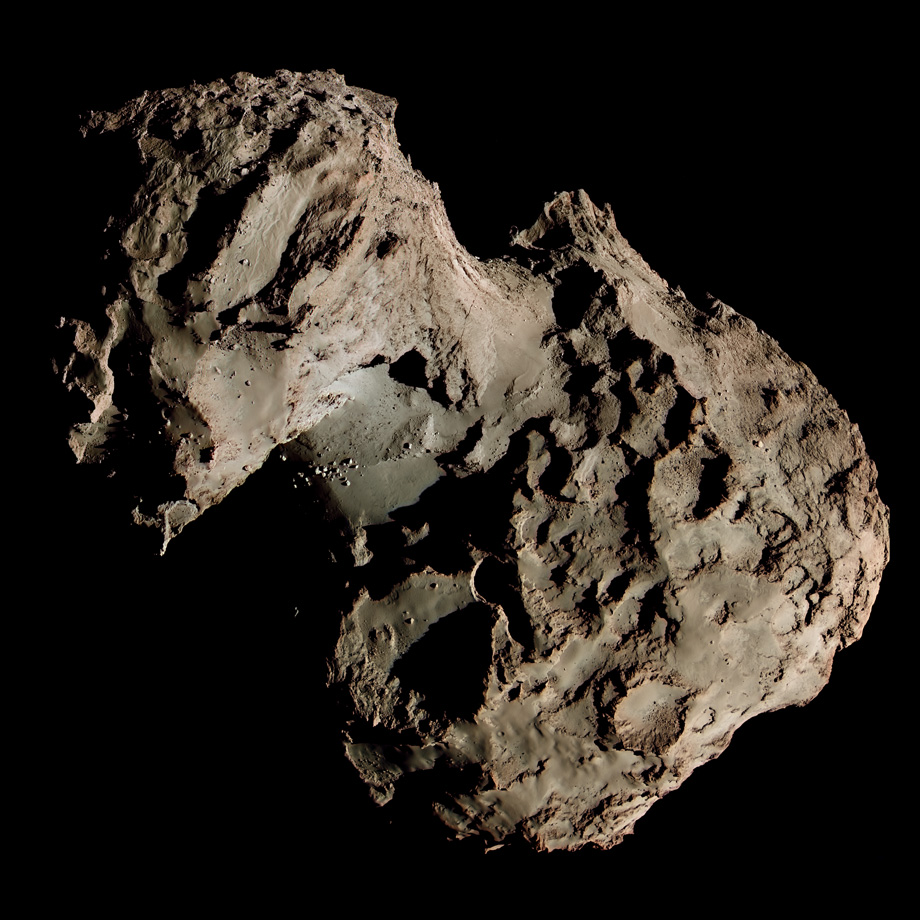
However, for Rosetta, the comet photoshoot was only the beginning of its amazing mission. On November 12, 2014, the probe deployed its Philae, making the first soft landing on the nucleus of a comet in human history. It was a resounding success for the Rosetta team (which involved more than 2,000 people throughout the program’s development) and for ESA as a whole. Despite landing in the comet’s shadowy, rocky crevice, preventing it from getting enough light to charge its batteries, the Rosetta mother module was able to photograph Philae in September 2016 during another approach to Churyumova–Gerasimenko at a distance of 2.7 km.
After its confident launch of interplanetary missions aimed at studying comets, ESA will begin to take on even larger objects in the Solar System. The agency has a number of planetary missions in its pipeline, which you can read about in the next instalment of our series.

